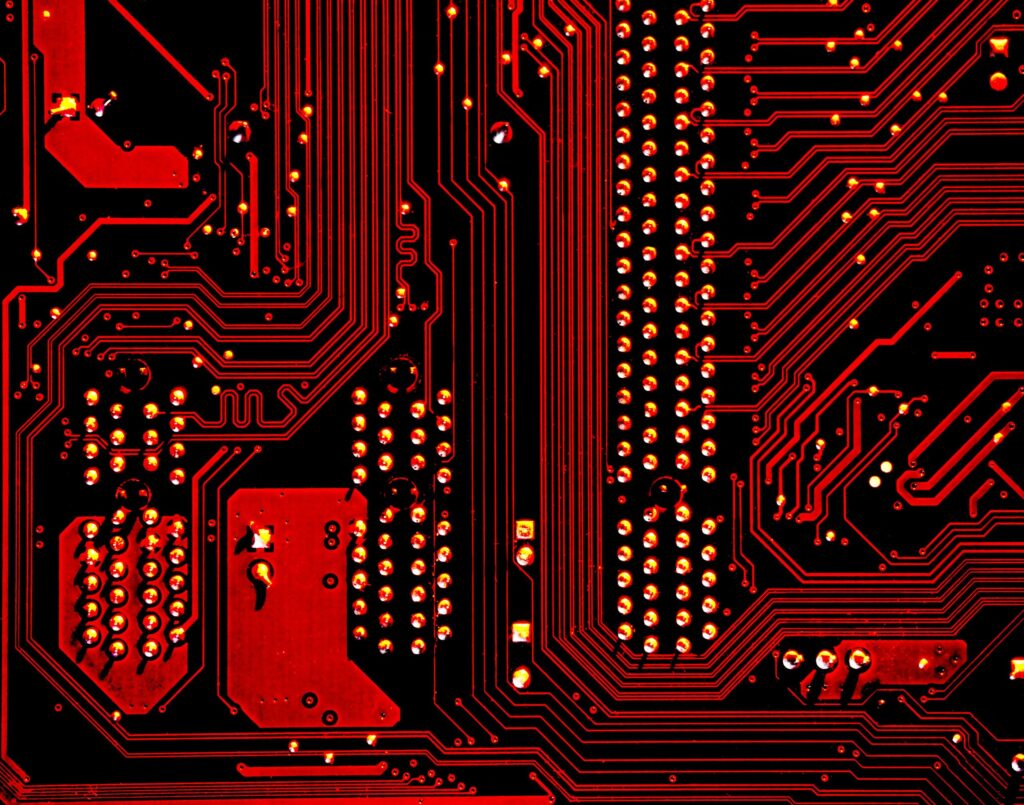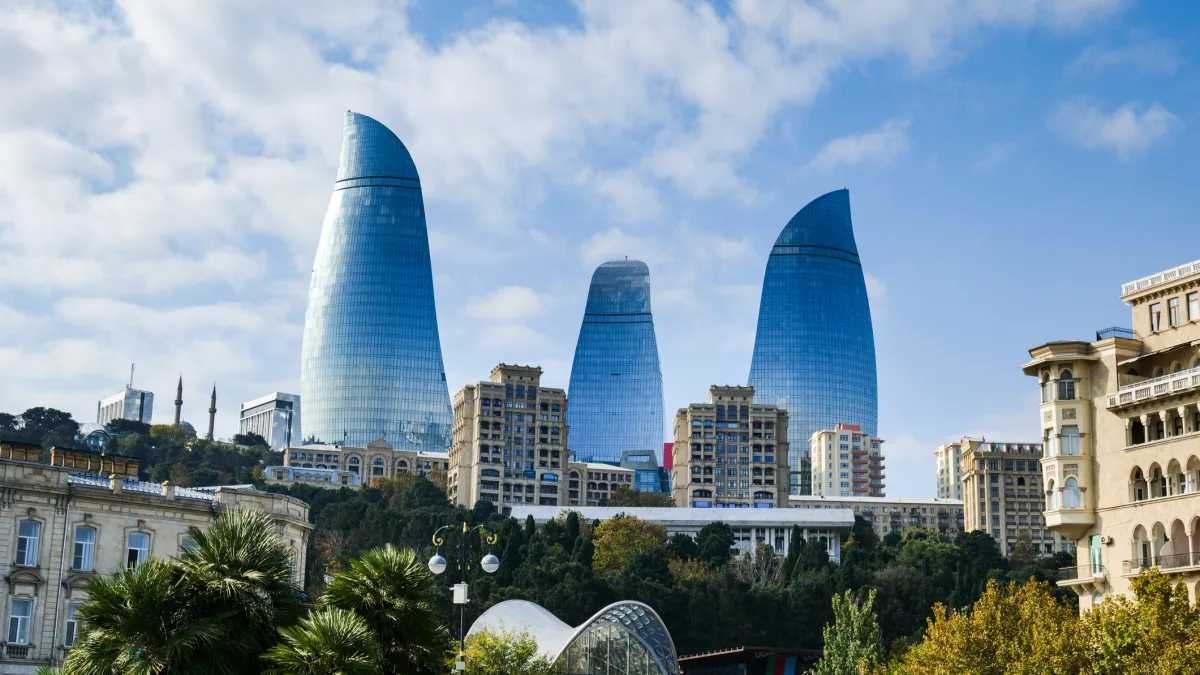The Ukraine war is the first major conflict to feature extensive cyber-attacks. This evolution of warfare to include cyber makes digital technology fundamental. As global military expenditure grows, most notably in cyber security technology, the support of private sector tech and defence companies is imperative for governments across Central and Eastern Europe (CEE) and elsewhere. Simultaneously, more cyber-attacks have led to an increase in public and private sector budgeting for defence, which has become a necessity, not a choice.
Cybersecurity is a major concern for military planners. NATO’s recent Vilnius summit highlighted new priorities including a centre for critical undersea infrastructure; centres of excellence for space and for climate change and security; new cyber defence initiatives and support capabilities; a commitment to protect energy infrastructure; strategies for quantum technologies, biotechnology and human enhancement; and plans for artificial intelligence and autonomy. These technologies rely on digital applications and expertise.
Support for defence start-ups includes the NATO Innovation Fund, a one billion euros venture capital fund backed by 23 NATO nations including many in CEE, to provide capital for early-stage defence tech companies. Another NATO project, Diana (Defence Innovation Accelerator for the North Atlantic), is a start-up accelerator focused on technologies including AI, quantum computing and biotechnology which gives innovators access to NATO resources.
The EU is also encouraging defence SMEs. In 2022, the European Defence Fund announced 1.2 billion euros of funding for over 60 collaborative research and development projects, including technologies such as military cloud, artificial intelligence (AI), semiconductors, space and cyber warfare, and disruptive technologies including quantum computing and new materials. Notably, over 40 per cent of the participating entities are SMEs. A further 832 million euros of funding was announced last year.
AI is the most prominent civilian digital technology being adapted for defence use. Already transformative in some military contexts, it enables huge amounts of data to be processed and analysed. Likely future developments include: fully autonomous weapons and vehicle systems, AI-enhanced command and control systems, AI-driven training systems, and analysis of satellite imagery, troop movements and potential targets at unprecedented scale and speed. AI also has huge potential to enhance cyber security in monitoring, threat detection and recovery.
Meanwhile, digital modelling and digital twinning have become invaluable, helping to eliminate design flaws in military hardware and cut development time. Digital twinning can also accelerate the equipment maintenance cycle.
A single security lapse can cause serious consequences
Many cyber-attacks aim to extort money or steal data, while others seek to interfere in the political process, damage critical infrastructure, influence public opinion, cause economic harm or undermine civilian security. Hackers see private sector organisations as softer targets.
Critical infrastructure is often run by companies that are key to supply chains, which is driving national security services, as well as the EU and NATO, to offer such businesses additional cyber defence guidance and support.
Some cyber-attacks have caused real damage. Last December, an attack on Kyivstar, Ukraine’s biggest telecoms operator, knocked out the service to 24 million users with the attackers reportedly gaining undetected access to its systems before triggering the outage.
This incident serves as a reminder that a single security lapse can cause serious consequences.
Opportunities for tech innovation
Effective cyber security requires continuous re-evaluation. This applies to governments, militaries and the private sector. For example, the NATO Cooperative Cyber Defence Centre of Excellence in Estonia is testament to the IT sector’s rapid evolution in the CEE region.
The EU is increasingly coordinating its cyber defence with NATO to deter, defend against and counter the full spectrum of cyber threats, during conflicts and in peacetime. One aspect involves helping key businesses and other organisations in member states to defend themselves. Legislation is also bolstering cyber defence: soon to be adopted, the EU Cyber Resilience Act will introduce cybersecurity requirements for connected devices, addressing potential vulnerabilities in hardware and software.
Modern armies use non-military systems alongside conventional military technology. For example, systems designed for civilian purposes—ranging from weather forecasting and geolocation apps to mobile phones and digital imaging—can be readily adapted for battlefield use.
Innovative dual-use technologies are of increasing interest to military leaders in a more conventional sense. For many years, private sector innovation has been faster and better funded than state-run research and development. Technology that may be vital in future military applications—such as AI—is now controlled by businesses rather than governments.
While some SMEs participate fully in developing innovative tech, the sector’s larger and better resourced players are more likely to offer the comprehensive solutions needed to integrate this tech with existing systems and manage cross-platform operationalisation. But some SMEs will themselves grow into such backbone businesses.
Before the war in Ukraine, defence tech had a relatively low profile in CEE. But recent events have changed everything. The sector is set to grow in CEE, presenting opportunities for tech innovation, financing and strategic mergers and acquisitions, as well as providing long term security for everyone in the region.
Photo by Michael Dziedzic on Unsplash.







